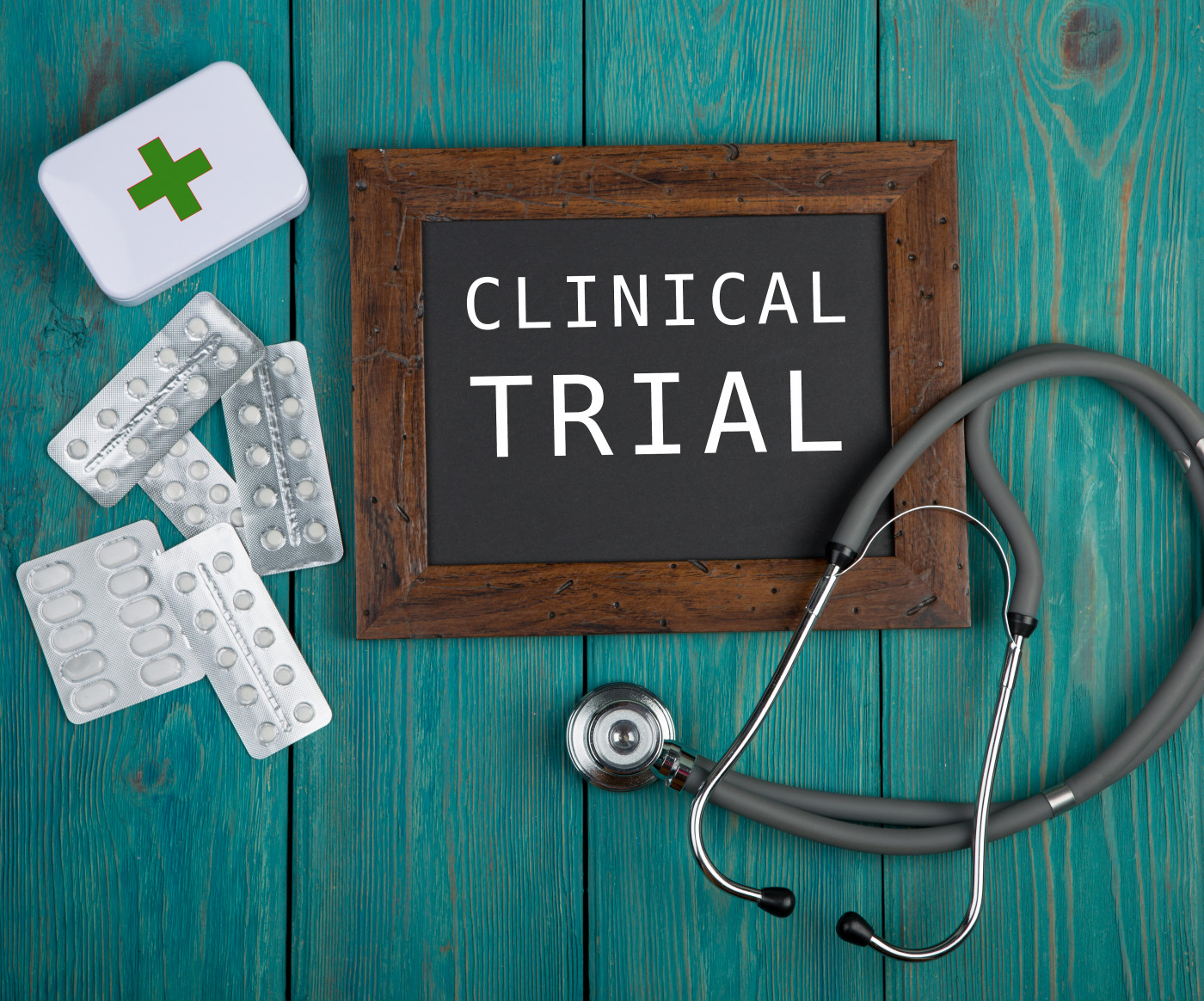Berotralstat Significantly Lowers HAE Attack Frequency, Phase 3 Trial Reports

Good Mood/Shutterstock
Preventive treatment with oral berotralstat (BCX7353) significantly lowers the frequency of swelling attacks in people with hereditary angioedema (HAE), newly published results from the APeX-2 clinical trial demonstrate.
The study, “Oral once-daily berotralstat for the prevention of hereditary angioedema attacks: a randomized, double-blind, placebo-controlled phase 3 trial,” appeared in the Journal of Allergy and Clinical Immunology .
“We are excited to have our results published in JACI, building on the compelling pivotal and longer-term data presented at scientific congresses in the past year,” Jon Stonehouse, president and CEO of BioCryst Pharmaceuticals, which is developing berotralstat, said in a press release.
“HAE patients are waiting for an oral, once-daily option to control their disease. As the authors have recognized, providing patients with an effective, oral therapy is a major step towards the goal of enabling them to live a normal life,” Stonehouse said.
HAE is caused by an overproduction of the protein bradykinin, which promotes swelling. Berotralstat is an inhibitor of plasma kallikrein — a precursor of bradykinin — that is thought to lower bradykinin levels.
The medication, under the brand name Orladeyo, is currently under review in the U.S. and Japan, with decisions in both countries expected in December. It is also under review in Europe; an opinion from the Committee for Medicinal Products for Human Use is expected by March 2021.
The APeX-2 Phase 3 trial (NCT03485911), conducted at 40 sites in 11 countries, is evaluating the safety and efficacy of berotralstat in 121 people with HAE, ages 12 and up (in U.S. and Canada; 18 and up in Europe). To be eligible, participants had to experience at least two confirmed HAE attacks during a 56-day run-in period before the trial started.
Patients were randomized to berotralstat at one of two doses (110 or 150 mg) or to a placebo, daily for 24 weeks.
Twelve left the trial before completing the 24 weeks of treatment; the most common reasons for discontinuation were adverse events (five people) and perceived lack of efficacy (four people).
The trial’s main goal was to assess the effect of treatment on the rate of swelling attacks. On average, patients on a placebo experienced 2.35 attacks per month, while those given berotralstat had significantly lower rates: 1.65 monthly attacks at the 110 mg dose, and 1.31 monthly attacks with the 150 mg dose.
This reduction in attack rate “began within the first month and was sustained throughout the 24-week period,” the researchers wrote.
Among placebo patients, 25% experienced a 50% or higher reduction in the frequency of swelling attacks. In the berotralstat groups, over half of participants — 51% and 58% for the lower and higher doses — had such a reduction.
Half of patients in the higher dose group experienced a 70% or greater drop in attack frequency — significantly more than in the placebo group (15%). This meant that participants treated with 150 mg berotralstat were about six times more likely than those on placebo to have a 70% or higher reduction in attack rate.
Berotralstat-treated patients also required significantly less treatment with standard-of-care medications compared with those given placebo. They also experienced more days without any angioedema symptoms.
Participants’ quality of life was assessed throughout the study using the Angioedema Quality of Life Questionnaire (AE-QOL), and satisfaction was measured using the Treatment Satisfaction Questionnaire for Medication (TSQM).
All three groups reported improvements in quality of life scores; however, the differences between the groups were not statistically significant. Participants in the high-dose berotralstat group reported significantly higher overall treatment satisfaction and efficacy-related satisfaction than those in the placebo group. There were no differences in side effects or convenience scores on the TSQM.
“It is noteworthy that convenience scores improved in comparison with baseline for all 3 treatment groups,” the researchers wrote.
Across all three groups, about 80% of participants reported at least one adverse event; the most common were pain, vomiting, diarrhea, and back pain. Four serious adverse events were reported among all the study participants, but none were deemed related to treatment by the investigators.
“Berotralstat was safe and generally well tolerated at both doses,” the researchers concluded.
They noted that the data reported so far is limited by the relatively short, 24-week follow-up period, and APeX-2 is ongoing to collect longer-term data.
An open-label study of berotralstat, APeX-S (NCT03472040), is also underway and enrolling eligible HAE patients at sites across the U.S.; sites elsewhere are no longer recruiting. More information can be found here.
“The data from APeX-2 show that berotralstat may provide an important oral option for patients with HAE that could allow them to prevent HAE attacks and reduce their overall burden of therapy,” said Bruce Zuraw, MD, a professor at the University of California School of Medicine and principal investigator of the APeX-2 trial.
This study was funded by BioCryst.






